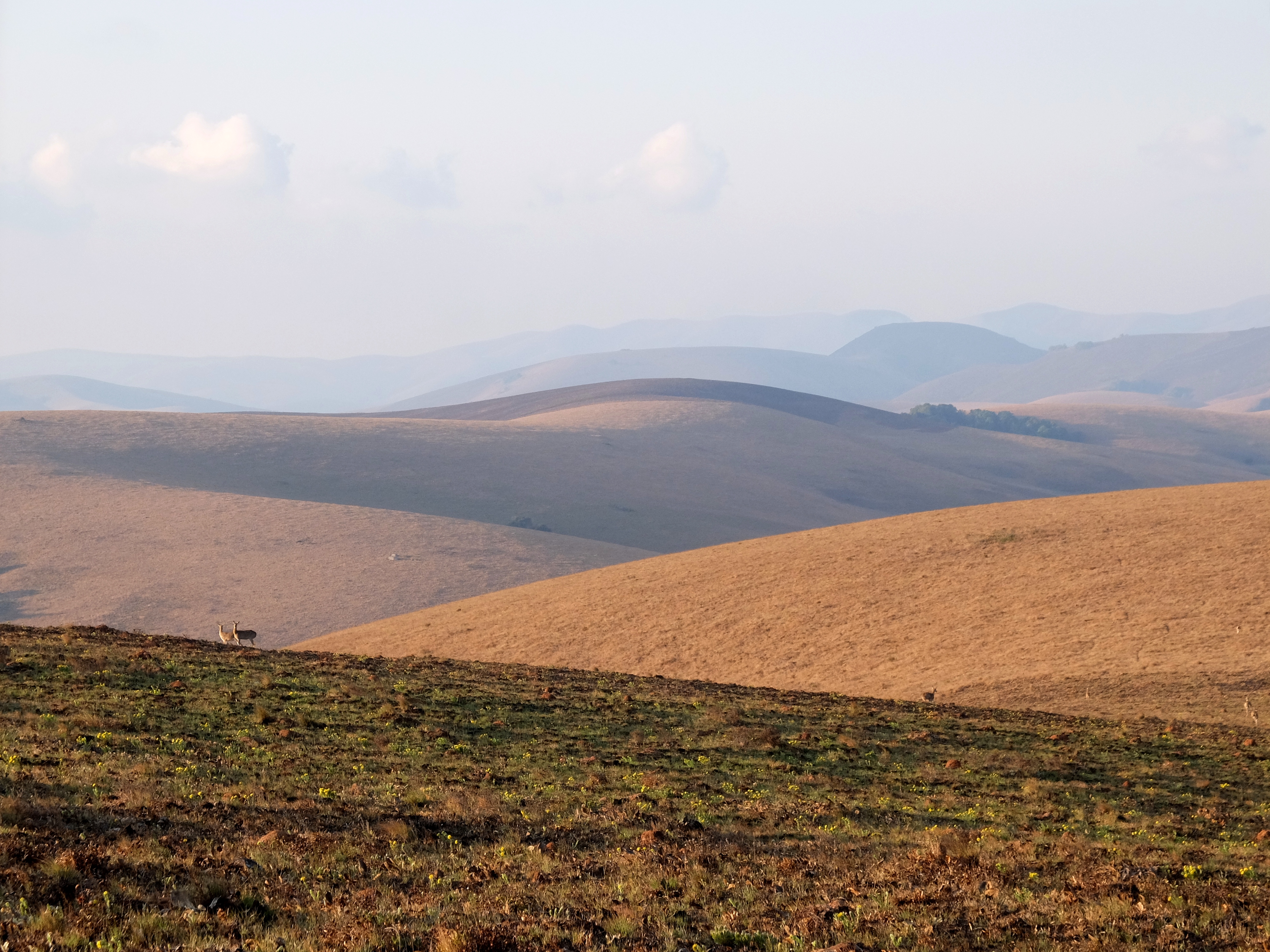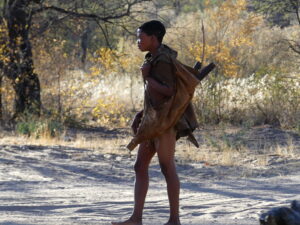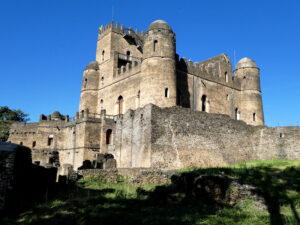
“You should go there,” a local suggested, “it’s a unique place in Malawi.” We had already experienced the lows and highs here. The heat-soaked grasslands and bush country of Majete and Liwonde where the wild animals roam free; the looming granite plateaus of forest, rocky canyons and waterways of Zomba and Mulanje, each ringed with tea plantations. We were about to get wet looking at colorful cichlid fish within broad Lake Malawi.
She was talking about Nyika National Forest in the north of the country, a place accessible only from the south, over eight hours drive from the centrally located capital of Lilongwe.
You do see commonplace flora there, hectares of planted pine, highland grasses, gum trees and other native and non-native plants (courtesy of the old British colonial efforts to stock the forest) including many types of orchids. And commonplace fauna, including great wandering herds of antelope and zebra, as well as many familiar African birds.
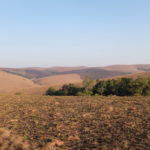
Some of the flora and fauna are endemic, but what truly makes Nyika so different is the landscape, a massive watershed funneling water to Lake Malawi. At about 2200 meters in altitude, its highland terrain consists of hills folded into each other and gently sloping off into other hills, with grass on their bulbous surfaces interrupted by patches of wooded forest in the folds – all green and gold in the foreground, hazy blue in the distance.

At any time of the day, it’s a breathtaking sight, changing often, as morning fog hovers over the low places, or when quick winds blow hot and cold, or when sunset brings rainbow color and shadowy accents to the hilly tapestry, or as night displays crystalline moonlight and skies.
We were also fortunate to have a guide through this landscape, one who told story after story of the rich life of the hills. Here are some of the tales we heard.

Flora tales

A small tree with unusual leaves turns out to be a pioneer tree. This establishes itself early in a burned or ravaged forest, adds nourishment to the soil, lives 60 years and then dies out to make room for other plants.
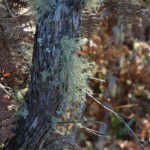
The gray beards on other trees, a form of Spanish moss, is a sign of healthy, clean air for animals and people. Where you see the moss, conditions are good.
Brushing a pretty yellow flower atop its spindly stem releases a curry-like smell into the air, but its local use is to treat asthma.

Nyika fosters plentiful St Johns wort, a bushy plant with whorls of yellow flowers. Not only can it be harvested for its wonderful medicinal properties, but at this altitude it grows unusually large.
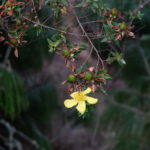
Fauna tales
Elephants shit every 45 minutes, because they eat leafy plants and trees all the time and their digestive systems mostly just pass stuff through. Zebras, we were told, have the same kind of system, and secrete a chemical that makes their meat less palatable.

Zebras, moreover, are community-oriented. In groups, they move only as fast as the weakest/slowest, making sure they are all OK.
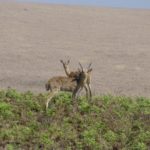
They also collaborate with herds of eland or other antelopes, which are a lot more skittish about people since their meat is more flavorful. Zebra have superior smelling ability while the eland have excellent vision. Babboons and impala work together as well. The impala hear and see dangers, but the babboons add the function of sentinels up in the trees.
And why those stripes? Oddly, the black and white striping helps them blend into the tall grasses for cover – a surprising visual phenomenon. But the stripes also act as a temperature regulator: the black helps in cold conditions; the white in hot ones. Officially, zebras are white with black stripes, not black with white stripes, as the white claims about 60% of the surface area.
Vulnerable bushbuck babies are hidden away in the brush while parents forage. We witnessed the wisdom of this, as a gang of babboons captured one near our camp despite the presence of the parents. The large male baboon hauled the baby up into a tree.
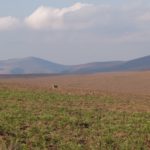
Antelopes seem to possess a kind of crowd-sourcing ability. In areas of the forest, where they have seen danger from poachers, they change their behavior, staying farther away from people and vehicles, as well as racing off more quickly.
They cannot outrun a firearm, but with their spindly, but powerful, legs antelopes can zip along at 80 kph for about a kilometer or so. So equally nimble leopards can’t catch them, unless they spring out at them within a five meter distance.

Hyenas lope along at only 40mph, so they need to prey on the weak or little. Their weakness, and their relatively ugly appearance, have given them a bad reputation.
The warthog, one of the five big “ugly animals” of Africa, backs into its hiding place like a parking vehicle.
The butcher bird, a popular name for the fiscal shrike, lays out the dead carcass of its prey on tree limbs like a butcher at a stall.
The widowbird female is a very dull brown so that it virtually disappears when protecting its young in the nest. The male grows a huge tail (about half a meter long) during mating season and flashes yellow and white patches to stand out in sexual competition.
——–
These were just a fraction of the stories our guide told us. For each one that we remembered a few hours later, he had a host of others we couldn’t quite recall. Indeed every landscape, whether Nyika or otherwise, is rich with tails and tales.
(Also, for more pictures from Malawi, CLICK HERE to view the slideshow at the end of the itinerary page.)


